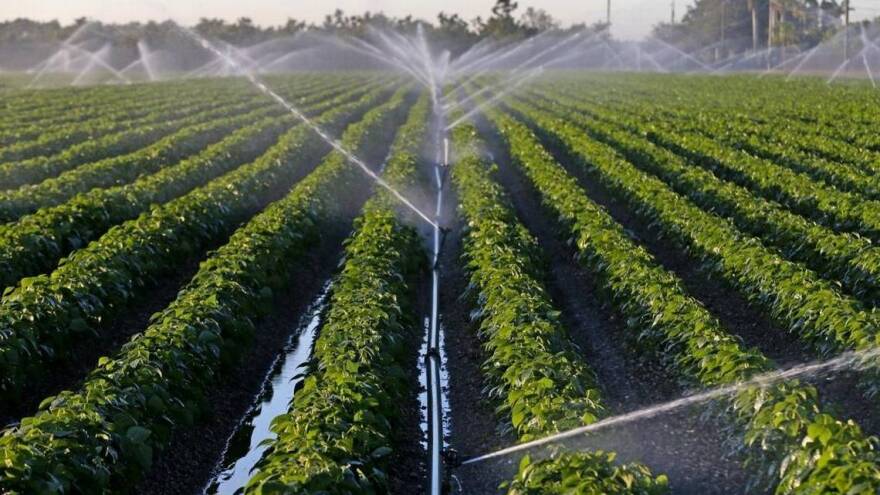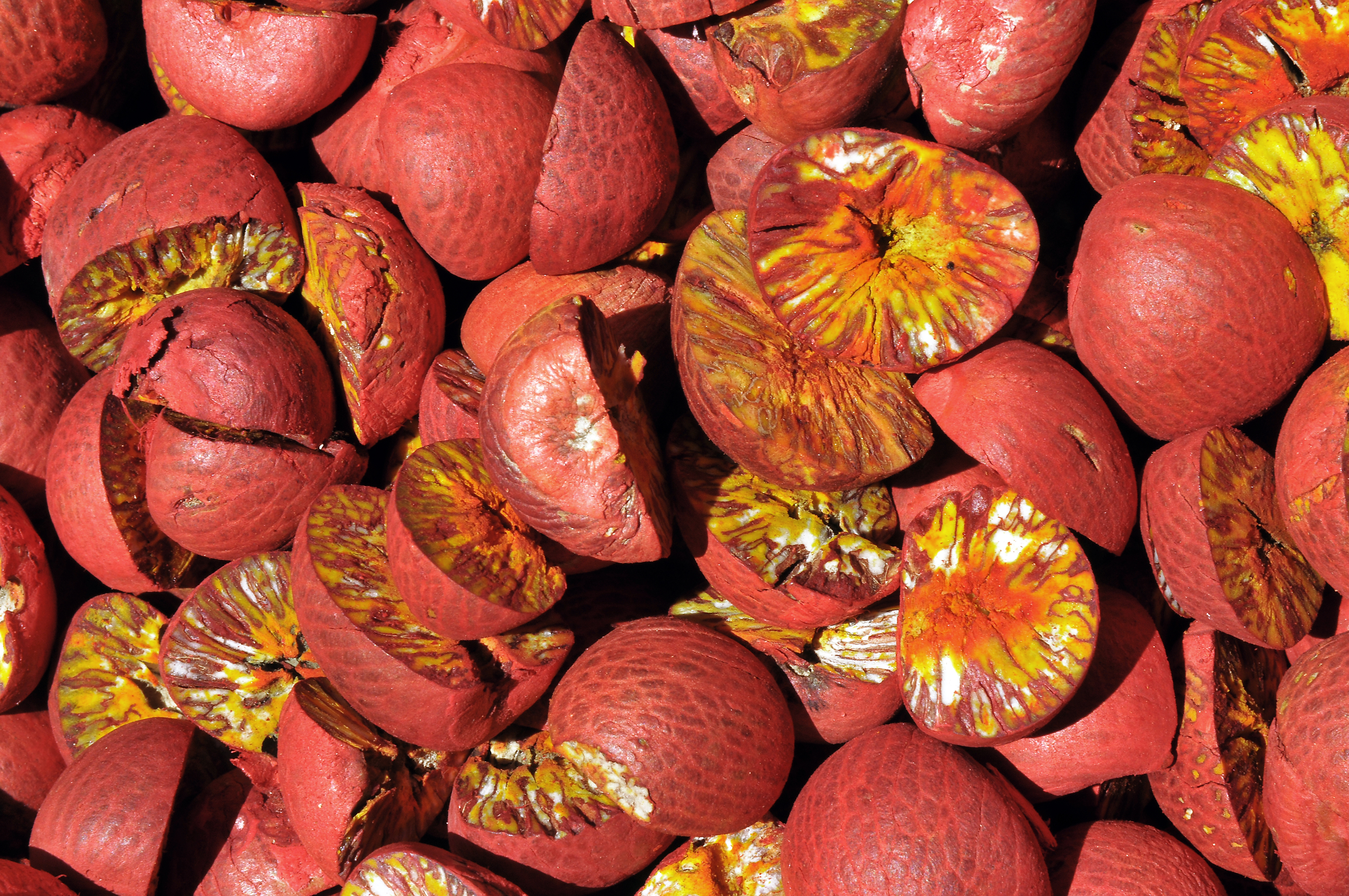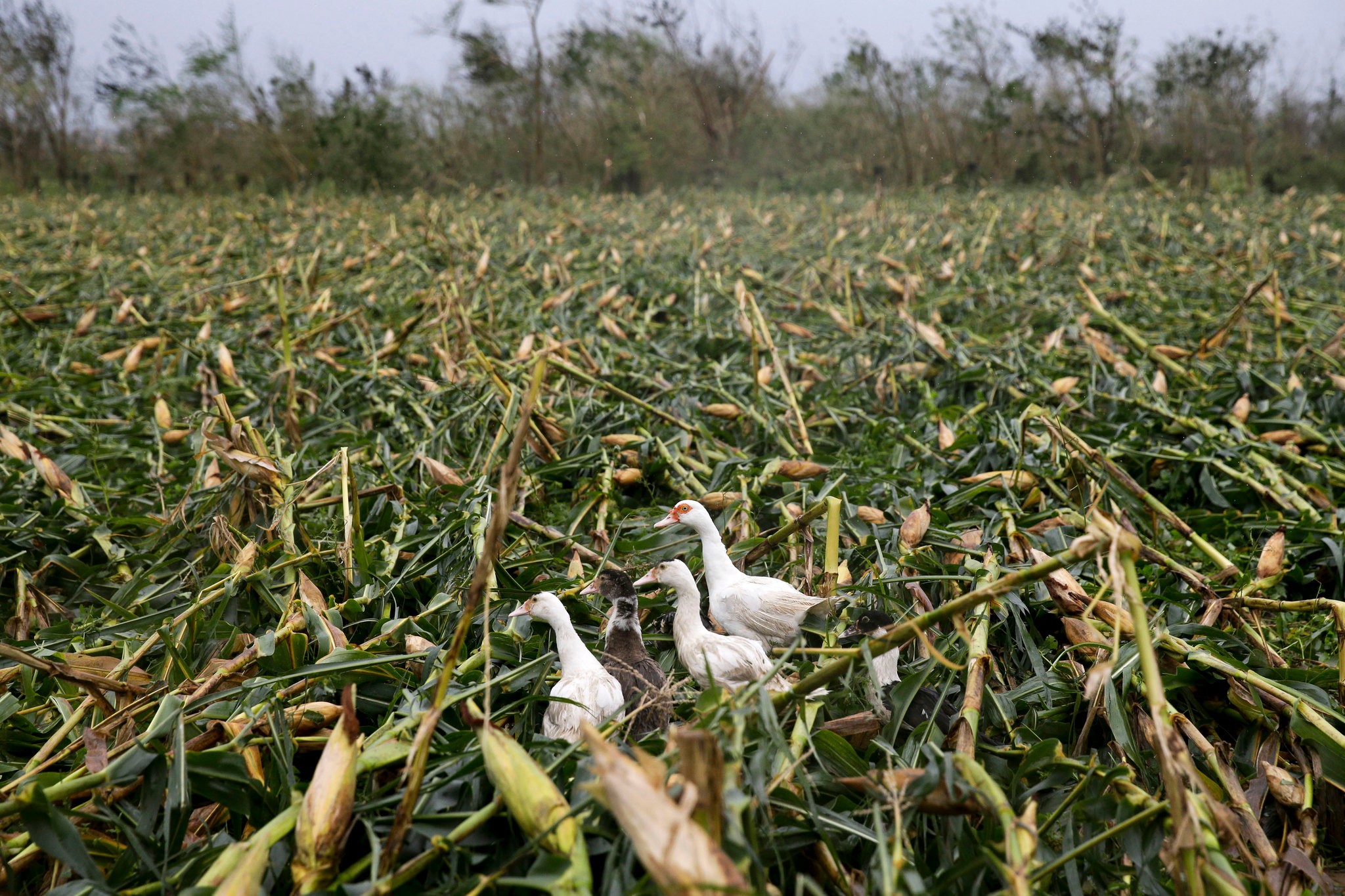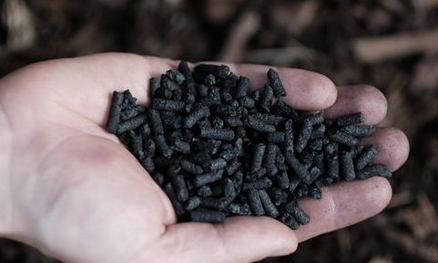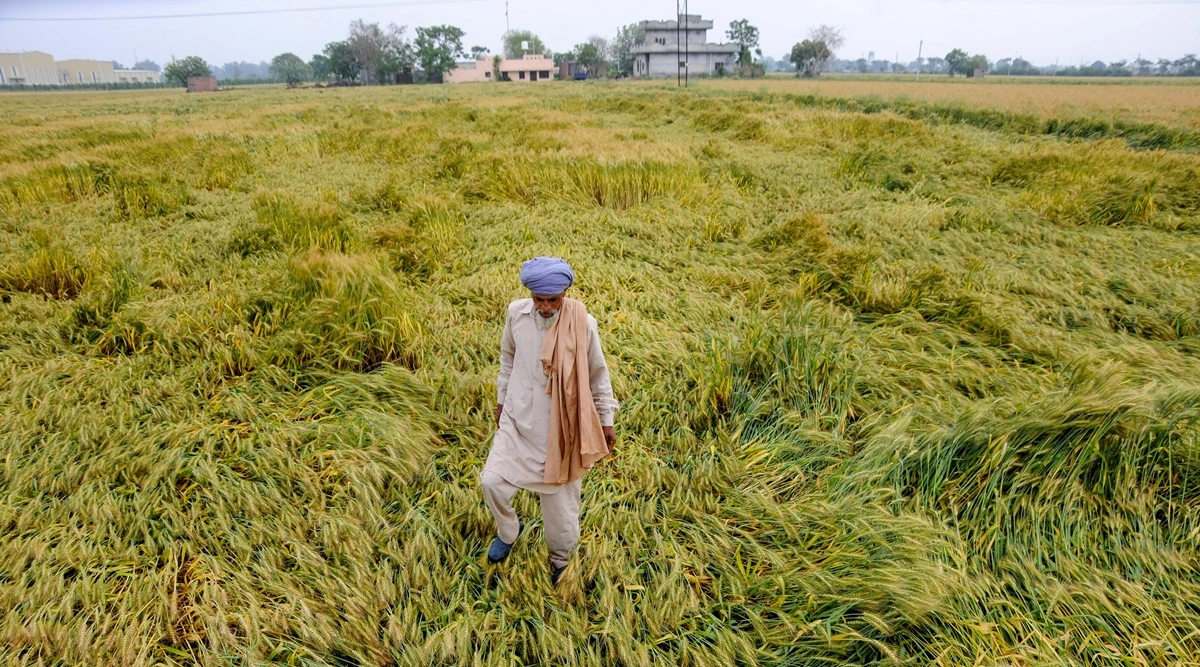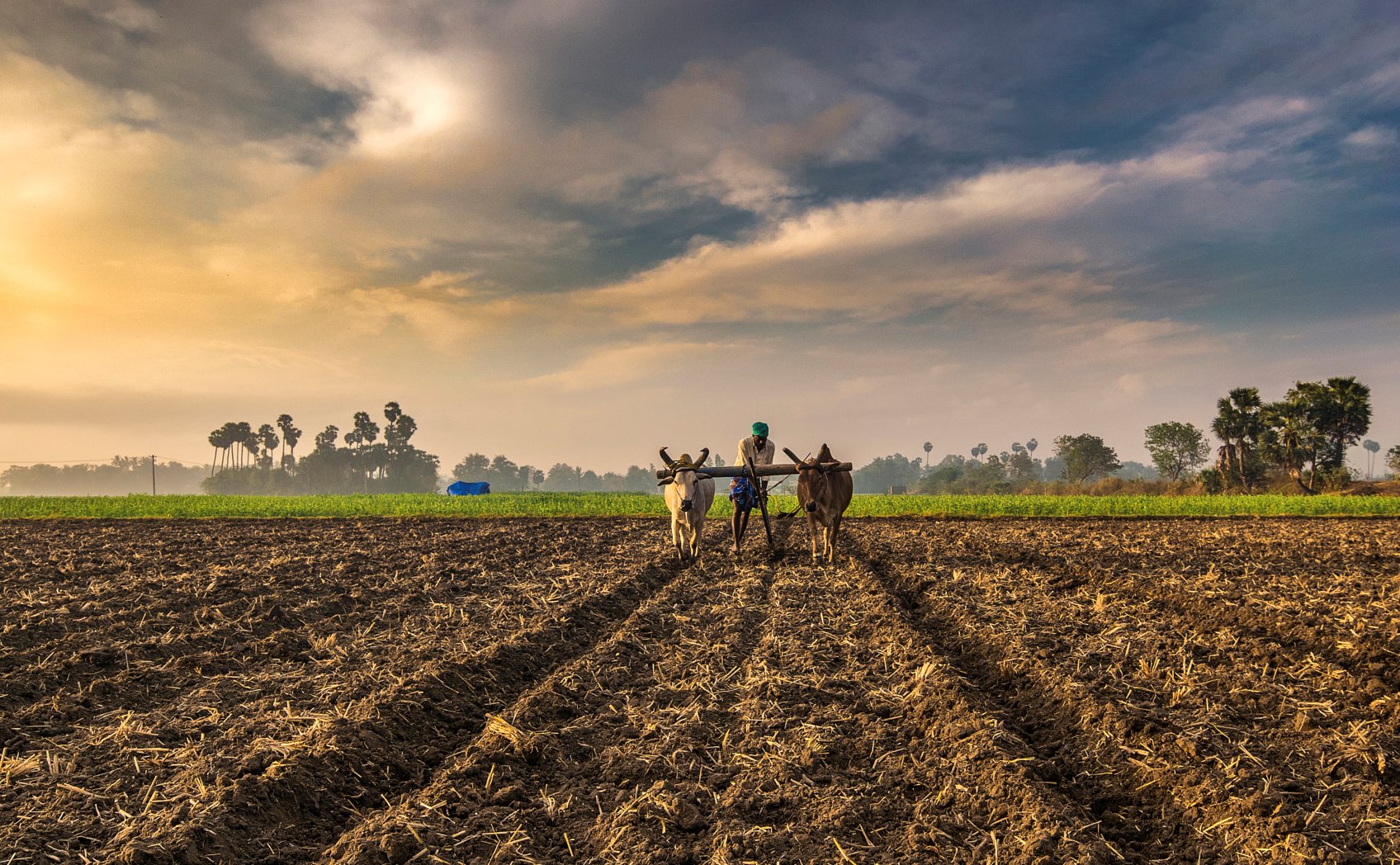Why subseasonal weather forecasts are key to avoiding crop losses from droughts and floods
31.03.2021 435 views
As experts meet online for the Future Directions of Subseasonal to Seasonal Predication over South Asia, researchers from the Indian Institute of Tropical Meteorology and the International Water Management Institute discuss the potential of subseasonal weather forecasting – and the important role it can play to optimize agricultural production and help reduce farmer vulnerability to climate-related disasters.
Economic losses from weather-related shocks have doubled in India over the last three decades, from US$ 20 billion in 1998–1997 to US$ 45 billion in 2008–2017. As climate change continues to increase the frequency and intensity of extreme weather events, farmers need to be better prepared or risk losing their livelihoods. But, how can they plan for floods and droughts when long-term seasonal forecasts are unable to pinpoint exactly when a destructive event will take place, and short-term weather forecasts provide information that is too late to be useful? Subseasonal weather forecasting – on a timescale of 2-4 weeks – may offer a potential way forward.
The key to accurate subseasonal forecasting is knowing which processes are responsible for predicting weather changes on this timescale. Subseasonal predictability is linked to both real time initial conditions and atmospheric processes, including soil moisture, snow cover, stratospheric-tropospheric interactions, ocean-atmosphere interactions and natural oscillations such as the Madden Julian Oscillations and Monsoon Intraseasonal Oscillations. In contrast, longer-term climate forecasting requires knowledge about more slowly-evolving components of the Earth's natural system, such as sea-surface temperatures, El Niño-Southern Oscillation and snow cover. Predicting day-to-day weather, moreover, requires understanding of much more rapidly-changing conditions – temperature, pressure and so on – within the atmosphere.
The Indian Institute of Tropical Meteorology (IITM), has worked to develop sub-seasonal forecasting capabilities since 2011–12, and was subsequently involved with the World Meteorological Organization's Subseasonal-to-Seasonal (S2S) Prediction Project. Since the start of the project, which is ongoing to 2023, there have been many advances in observations mainly due to satellite technology and modelling strategy. Several centres around the world are now conducting research in this field, which is helping to improve the accuracy of subseasonal forecasts. There is still much to learn, but reasonably accurate forecasts up to 30 days in advance are now a reality.
Helping farmers to plan ahead
Comparing the experiences of India's farmers in 2017 and 2018 demonstrates the value of sub-seasonal forecasting in agriculture. Farmers generally want to know when rain of at least 70mm/day will be accumulated, so that they can plan to sow their crops. In 2017, in the semi-arid state of Maharastra, farmers planted crops when the first significant monsoon rains started. But, then, a dry spell followed, with no rain for a further 20 days and many crops failed as a result. In 2018, IITM/India Meteorological Department recommended that farmers should ignore the first rainy spell, as the Institute's subseasonal forecast indicated that there would be no rain for the next 15 days. This time, many farmers waited for the second rainy spell and achieved a successful harvest.
IITM is currently working with the International Water Management Institute (IWMI) to promote the use of subseasonal forecasting more widely in agriculture and disaster-risk management. In the Indian states of Orissa and Assam, IWMI is using IITM's subseasonal forecast data in the RESILIENCE project, implemented with the Norwegian Institute of Bioeconomy Research and funded by Norway's Ministry of Foreign Affairs, to provide weekly digital weather maps up to four weeks in advance. Produced down to sub-village level, these maps clearly show the forecast locations and timings of rainfall, temperature and windspeed.
If the outlook is very dry, then IWMI researchers examine the 'Standardized Precipitation Index', which shows how rainfall levels are deviating from the norm. And to understand if crops are being affected by lack of water, they consult the 'Vegetation Health Condition Index', which highlights the state of vegetation. These indices, derived from satellite data, can provide early indication of whether or not drought is emerging, enabling state authorities to take timely action to support farmers. The project is seeking to improve agricultural productivity, and to help communities become more resilient to climatic changes.
Data for early warning systems and weather shocks
IWMI is also using IITM's subseasonal forecast data within its newly developed Afghanistan Drought Early Warning System Tool, part of the Government of the Islamic Republic of Afghanistan's Early Warning, Early Finance and Early Action Project, supported by the World Bank. The Government launched the project in response to the devastating drought that struck Afghanistan in 2018, during which more than 13 million people became severely food insecure.
Users are able to access the subseasonal weather data through an easy-to-use interface and map potential weather conditions four weeks in advance. The system also encompasses near real-time drought indicators, based on remote sensing data. Built-in thresholds determine drought severity, with a single, comprehensive composite drought index used to inform decision making.
And in IWMI's home nation of Sri Lanka, IITM's subseasonal weather forecasts are being bundled with agronomic information and index-based weather insurance in an IWMI-led project to help farmers overcome weather shocks and associated challenges. The farmers receive weekly weather and agronomic advice by SMS, advising them on when to sow and harvest crops, or to apply chemicals such as pesticides. Guidance on the latter is particularly relevant in Sri Lanka at present, due to the recent emergence of the Fall armyworm, which has been devouring maize crops. One farmer explained how the weather and agronomic advice he received helped him to manage this pest, which can cause substantial yield losses. He noted that having information on higher rainfall two weeks in advance had prompted him to increase pesticide application to mitigate crop production losses.
These projects demonstrate that subseasonal forecasting has great potential for optimizing agricultural production, managing pests and diseases, and helping farmers to avoid the worst impacts of weather shocks such as floods and droughts. As further advances in modelling make predictions more accurate, subseasonal forecasts could be employed for other uses, such as managing water levels in dams and predicting outbreaks of human diseases, including malaria and dengue-fever. The hope is that soon, subseasonal forecasts at the local level will be widely used in climate adaptation strategies to support authorities, ameliorate risk and reduce losses from extreme climate events.
Source - https://www.preventionweb.net

